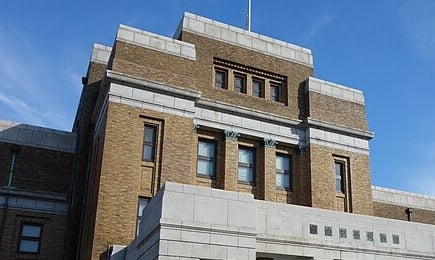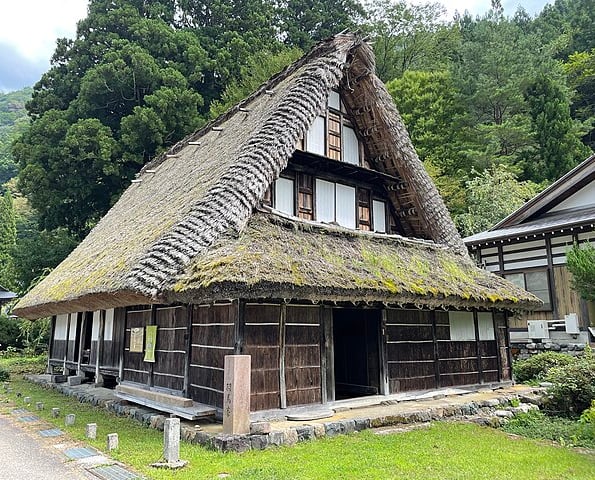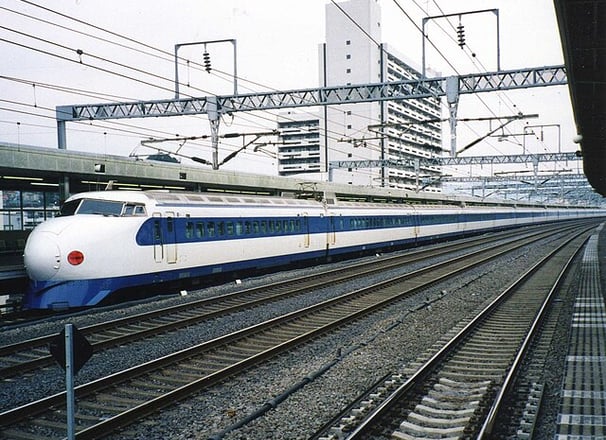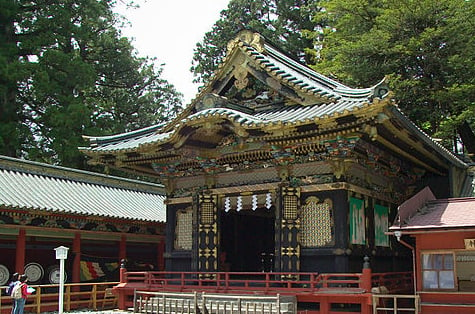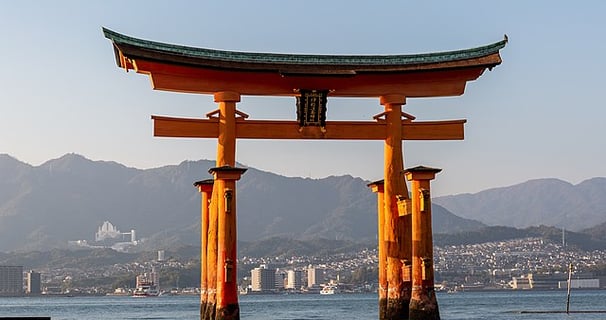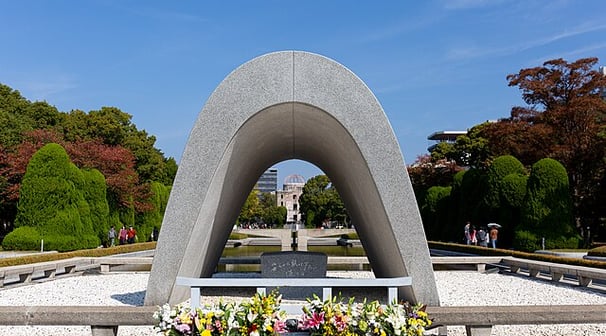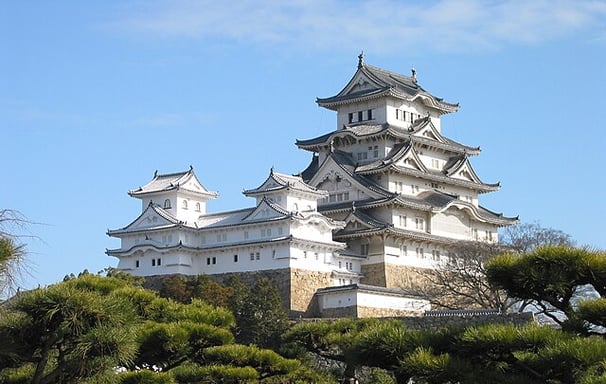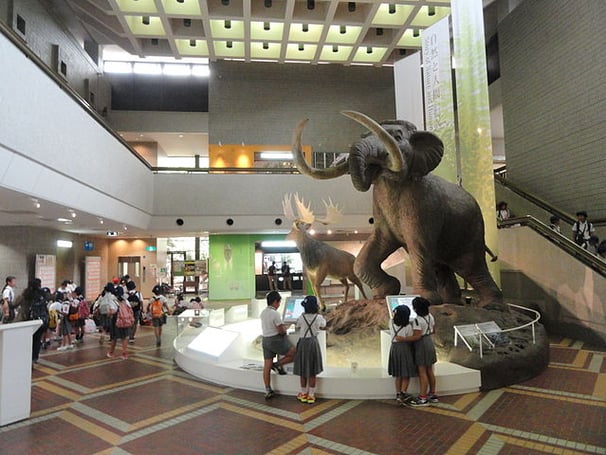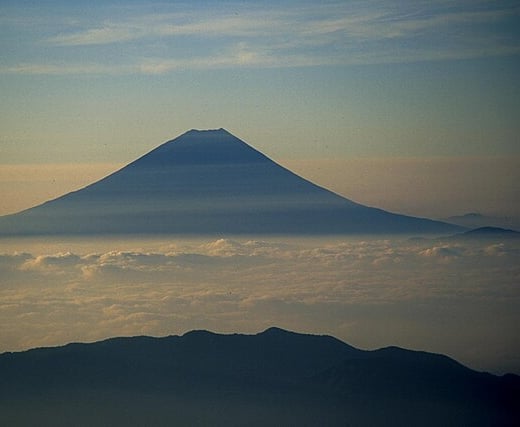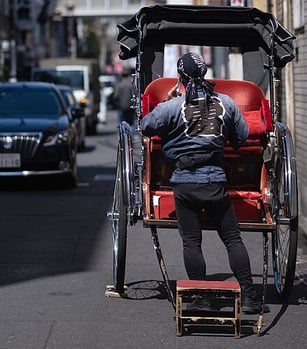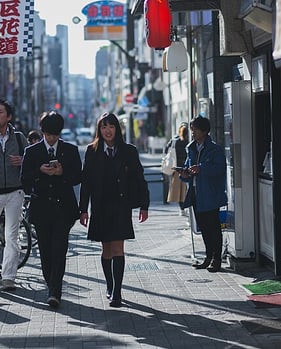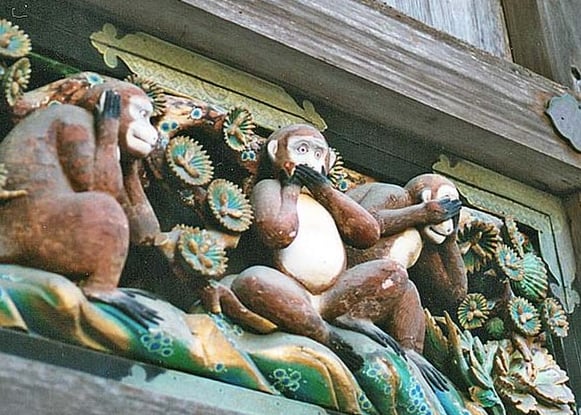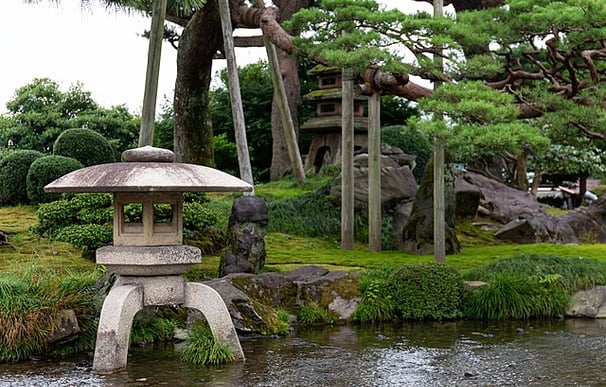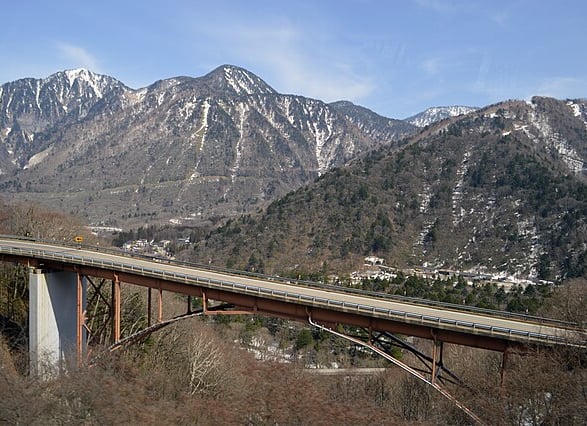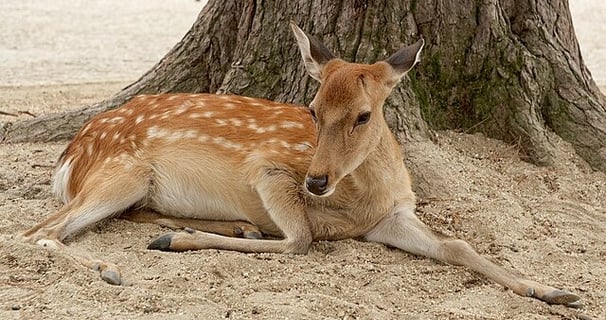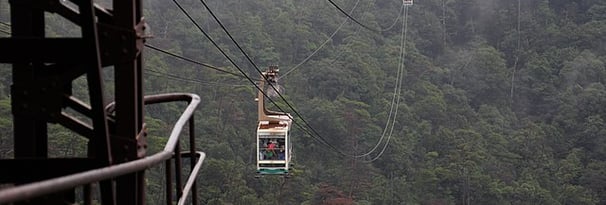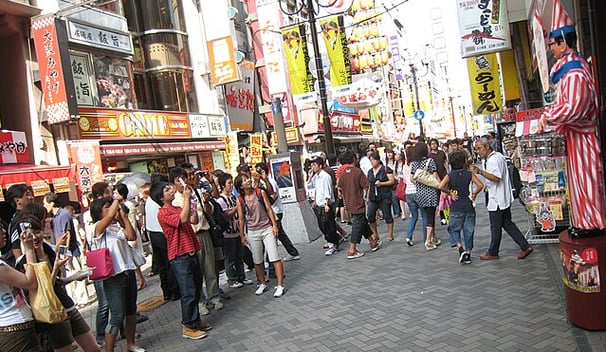Appelez-nous ou envoyez-nous un message WhatsApp: +91 6304795901 ou envoyez-nous un e-mail à l'adresse contact@wanderwise.me
ULTIMATE JAPAN ITINERARY: TOKYO, KANAZAWA, TAKAYAMA, KYOTO & OSAKA - 14N/15D
DAY 1: Welcome to Tokyo – Gateway to Japan’s Timeless Traditions & Cutting-Edge Culture
Arrive at Tokyo International Airport (Haneda or Narita), where you’ll be warmly greeted by our local representative. After a comfortable transfer to your centrally located hotel, take time to relax and refresh from your journey.
In the evening, join your fellow travellers for a welcome orientation and traditional Japanese dinner. This is the perfect opportunity to get acquainted with your tour director, review the exciting itinerary ahead, and enjoy your first taste of authentic Japanese cuisine—possibly a multi-course kaiseki meal or a casual izakaya-style dinner.
If time and energy permit, choose an optional visit to one of Tokyo’s top cultural attractions:
The Edo-Tokyo Museum, offering fascinating insights into the city’s transformation from samurai capital to modern metropolis
Or the National Museum of Modern Art (MOMAT), where you’ll explore Japan’s 20th-century art scene through innovative and thought-provoking works
Dinner & Overnight in Tokyo – Japan’s vibrant capital, where ancient traditions meet futuristic living.


DAY 2: Tokyo – Where Tradition Meets Innovation
Cultural Discovery & Traditional Arts in Japan’s Capital
After breakfast, begin your immersive Tokyo exploration with a guided visit to the National Museum of Nature and Science, located in the heart of Ueno Park. This world-class museum offers fascinating exhibits on Japan’s natural history, technological innovation, and scientific achievements, bridging the past with the future of this island nation.
Next, step back in time as we head to Asakusa, Tokyo’s historic district. Explore the iconic Senso-ji Temple, Tokyo’s oldest and most beloved Buddhist temple, before strolling down Nakamise Street, a bustling shopping lane filled with traditional Japanese snacks, crafts, souvenirs, and local handmade goods. This is the perfect place to pick up authentic items like washi paper, sensu fans, or yukata robes.
In the afternoon, enjoy an optional hands-on experience that brings Edo-period art to life: a Ukiyo-e woodblock printing workshop. Under the guidance of a local artisan, you’ll learn the intricate technique of printing your own traditional artwork to take home as a personal memento.
Dinner & Overnight at hotel in Tokyo
DAY 3: Day Trip to Nikko – Sacred Mountains & Shogunate Splendour
UNESCO World Heritage Sites, Scenic Nature & Spiritual Legacy
Today, embark on a full-day excursion to Nikko, a cultural and spiritual jewel nestled in the forested mountains north of Tokyo. Known for its lavish temples and pristine natural surroundings, Nikko offers a perfect blend of history, spirituality, and scenic beauty.
Your first stop is the magnificent Toshogu Shrine, a UNESCO World Heritage Site and the final resting place of Tokugawa Ieyasu, the founder of the Tokugawa Shogunate. Marvel at the shrine’s intricate wood carvings, gold leaf embellishments, and iconic features like the “See No Evil, Speak No Evil, Hear No Evil” monkeys. This is one of Japan’s most richly decorated religious complexes and a masterpiece of Edo-period craftsmanship.
Continue your journey into nature with a visit to Kegon Falls, one of Japan’s most famous waterfalls, cascading dramatically into a deep ravine. Nearby lies the serene Lake Chuzenji, a tranquil crater lake at the foot of Mt. Nantai, offering a refreshing change from Tokyo’s urban pace.
In the late afternoon, return to Tokyo for a relaxing evening at leisure.
Dinner & Overnight in Tokyo
DAY 4: Tokyo to Kanazawa – Japan’s Art & Culture Capital
Heritage Gardens, Contemporary Art & Traditional Crafts
This morning, depart Tokyo aboard the scenic Hokuriku Shinkansen (bullet train) bound for Kanazawa, a city often called "Little Kyoto" for its well-preserved samurai, geisha, and merchant districts—yet with a creative flair all its own.
Upon arrival, begin your exploration with a visit to the breathtaking Kenroku-en Garden, ranked among the Three Great Gardens of Japan. Designed with perfect seasonal balance, this former feudal garden showcases tranquil ponds, stone lanterns, and teahouses—an exquisite reflection of traditional Japanese landscape aesthetics.
Next, delve into the avant-garde at the 21st Century Museum of Contemporary Art, one of Japan’s leading art institutions. With interactive installations and global exhibits, this bold circular museum offers a striking contrast to the city’s historic charm.
In the afternoon, immerse yourself in Kanazawa’s artisan traditions. Participate in a gold leaf decoration workshop, where you’ll learn the delicate technique behind the city's most iconic craft. You’ll also have the opportunity to observe or try Kaga Yuzen, a meticulous hand-painted kimono dyeing technique known for its rich colours and nature motifs.
Dinner & Overnight in Kanazawa – A haven for art lovers and cultural connoisseurs.
DAY 5: Shirakawa-go to Takayama – Alpine Heritage & Hida Hospitality
UNESCO Villages, Folk Traditions & a Night in a Ryokan
Today, travel into the heart of Japan’s rural mountain region as you journey from Kanazawa to the UNESCO-listed village of Shirakawa-go, nestled in the scenic Shogawa River Valley. This remarkable destination is famous for its Gassho-zukuri farmhouses—steep, thatched-roof homes designed to withstand heavy snow and symbolize hands in prayer. Step into one of these preserved dwellings to experience life as it was centuries ago and gain insight into the ingenuity of Japan’s agrarian past.
Continue your immersion into Japanese folk culture with a visit to the Shirakawa-go Gassho-zukuri Minka-en Outdoor Museum or local folk village. Here, you'll see blacksmith workshops, silk farming tools, and seasonal displays of mountain life customs.
Later, head to the charming town of Takayama, often referred to as “Little Kyoto of the Alps.” Stroll the beautifully preserved old town with its wooden merchant houses and sake breweries. Enjoy a local sake tasting experience in one of the traditional distilleries, where the crisp alpine water gives Hida sake its refined character.
End your day in comfort and authenticity with a stay at a traditional ryokan—complete with tatami rooms, futon bedding, and a kaiseki-style dinner featuring regional delicacies.
Dinner & Overnight in Takayama (Ryokan stay) – A true taste of old-world Japan in the Japanese Alps.
DAY 6: Takayama to Kyoto – From Mountain Charm to Imperial Grace
Morning Markets, Traditional Craftsmanship & Scenic Rail Journey
Begin your day with a stroll through one of Takayama’s lively morning markets—either Miyagawa or Jinya-mae—where locals sell everything from fresh produce to handmade pickles and washi paper. It’s a wonderful opportunity to sample regional snacks, shop for handcrafted souvenirs, and soak in the rhythms of daily life in the Japanese Alps.
Next, explore Takayama’s artisan heritage, particularly its renowned Hida woodworking. Visit a traditional workshop or browse finely crafted furniture, lacquerware, and toys made by local craftsmen known for centuries-old precision joinery techniques.
In the afternoon, board a scenic limited express train through the mountains, winding past rivers and valleys en route to Japan’s ancient capital: Kyoto. This picturesque rail journey offers a peaceful transition from rustic charm to the refined elegance of Kyoto’s temples and gardens.
Dinner & Overnight in Kyoto – The cultural heart of Japan, where geishas glide through lantern-lit alleys and every street whispers history.
DAY 7: Kyoto – Temples, Tranquillity & Timeless Beauty
Golden Pavilions, Zen Gardens & Geisha District Walk
Today, delve deep into the spiritual and artistic soul of Kyoto, a city home to more than a dozen UNESCO World Heritage Sites. Begin with a guided visit to the iconic Kinkaku-ji (Golden Pavilion), a dazzling Zen temple covered in gold leaf and perfectly reflected in the mirror-like pond surrounding it. This symbol of Kyoto’s imperial past is one of Japan’s most photographed landmarks—and for good reason.
Continue to Ryoan-ji, world-renowned for its minimalist Zen rock garden. Here, silence becomes meaningful as you contemplate the placement of fifteen stones arranged so that only fourteen are ever visible at once—inviting deep thought and inner calm. It's a powerful immersion into the philosophy and aesthetics of Japanese Zen Buddhism.
In the evening, step back in time with a leisurely walk through Gion, Kyoto’s legendary geisha district. Stroll along lantern-lit alleys lined with teahouses (ochaya), and with a bit of luck, you might spot an elegantly dressed maiko (apprentice geisha) on her way to an engagement.
Dinner & Overnight in Kyoto – A city where every temple bell and cobbled path tells a story.
DAY 8: Kyoto – A Day of Traditional Arts & Timeless Elegance
Kimono Weaving, Tea Ceremony, and Hands-On Cultural Workshops
Today, immerse yourself in the living heritage of Kyoto’s traditional arts, where centuries-old crafts are still practiced with precision and pride. Begin at the Nishijin Textile Centre, where you'll witness a live demonstration of kimono weaving—a delicate art form rooted in Kyoto’s imperial history. Marvel at the intricate brocade patterns woven on Jacquard looms, and explore elegant displays of ceremonial garments and obi sashes.
Next, enter the serene world of sado, the Japanese tea ceremony. In a tranquil setting, a tea master will guide you through the meditative rituals of preparing and serving matcha, a deeply symbolic practice that embodies harmony, respect, and simplicity.
In the afternoon, choose your own creative adventure:
Try your hand at a pottery workshop, shaping and glazing a piece in the Kyo-yaki style—Kyoto’s delicate and refined ceramic tradition.
Or participate in a calligraphy class, learning to brush elegant kanji characters using sumi ink and rice paper under the guidance of a local sensei.
This day of hands-on cultural immersion is designed to leave you with not only unique souvenirs, but a deep appreciation of Japan’s artistic soul.
Dinner & Overnight in Kyoto
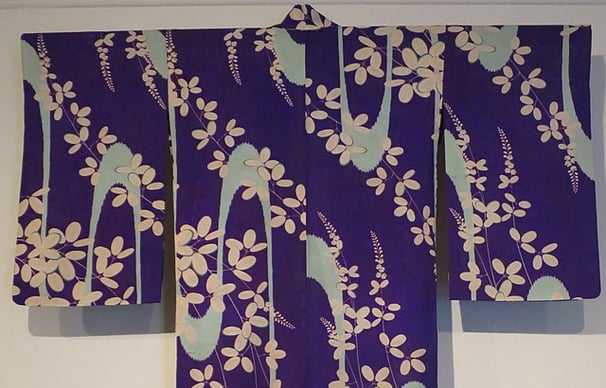

DAY 11: Miyajima Island – Floating Torii & Island Traditions
UNESCO Shrine, Scenic Views & Momiji Manju Workshop
This morning, take a short ferry ride across Hiroshima Bay to the enchanting Miyajima Island, long considered one of Japan’s Three Most Scenic Spots. Known for its serene natural beauty and spiritual atmosphere, Miyajima offers a harmonious blend of sacred sites and cultural charm.
Begin your exploration at the iconic Itsukushima Shrine (UNESCO World Heritage Site), world-famous for its striking floating torii gate, which appears to drift above the sea during high tide. The shrine itself is a masterpiece of Shinto architecture, built on stilts over the water and framed by misty forested mountains.
Wander the island’s peaceful lanes lined with deer, artisan shops, and quaint teahouses. For a hands-on cultural experience, you may opt to join a Momiji Manju sweet-making workshop—a delightful way to learn how to create Miyajima’s signature maple-leaf-shaped sponge cakes filled with sweet red bean paste or other seasonal flavours.
Enjoy views from Mount Misen via the ropeway (optional) or simply soak in the island’s quiet spirituality before returning to Hiroshima in the evening.
Dinner & Overnight in Hiroshima
DAY 12: Himeji Castle & Osaka – Samurai Grandeur to Street Food Culture
UNESCO Samurai Fortress & Osaka Nightlife Adventure
Start your day with a journey to Himeji, home to Japan’s most spectacular and best-preserved feudal fortress—Himeji Castle (UNESCO World Heritage Site). Often called the “White Heron Castle” for its graceful silhouette and brilliant white plaster walls, this 17th-century masterpiece is a stunning example of samurai-era architecture, complete with defensive moats, secret passageways, and panoramic views from the main keep.
Enjoy a guided tour through the castle’s storied grounds and towers, learning about the military strategy, craftsmanship, and legends that shaped Japan’s warring states period.
In the afternoon, travel to Osaka, Japan’s dynamic culinary and cultural capital. As evening falls, dive into the city’s vibrant street food scene with a guided night tour through the neon-lit districts of Dotonbori and Shinsekai. Sample iconic local dishes like takoyaki (octopus balls), okonomiyaki (savoury pancakes), and kushikatsu skewers while learning about Osaka’s laid-back yet lively personality.
Dinner & Overnight in Osaka – Where samurai history meets sizzling street food.
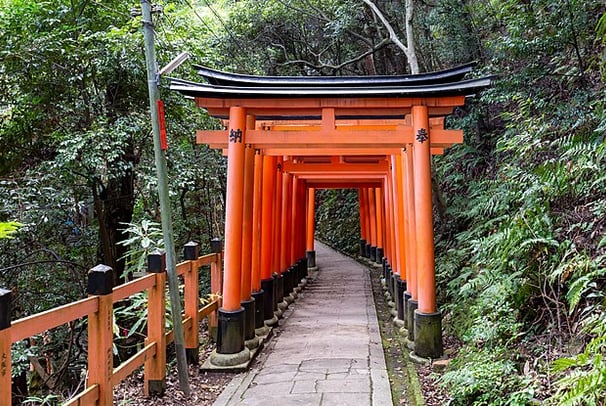

DAY 13: Osaka – Artisanal Heritage & Leisure
Samurai Swordsmithing in Sakai & Optional Cultural Museums
Today offers a perfect balance of immersive craftsmanship and flexible exploration. Begin with a short excursion to Sakai, a historic city renowned for its centuries-old tradition of samurai swordsmithing and blade making. Visit an authentic workshop where skilled artisans continue the meticulous craft of forging blades using age-old techniques. Learn about the evolution of katana-making, from samurai-era swords to modern culinary knives admired by chefs worldwide. If available, try a hands-on forging or sharpening experience—a rare opportunity to connect with Japan’s martial artistry.
In the afternoon, return to Osaka and enjoy your choice of cultural exploration or free time. A recommended stop is the Osaka Museum of Housing and Living, where you can walk through life-sized Edo-period streets, dress in kimono, and learn how daily life evolved in this bustling merchant city.
Use the rest of the day to shop for artisan goods in Shinsaibashi, relax in a traditional sento bathhouse, or revisit favourite flavours in Dotonbori.
Dinner & Overnight in Osaka
TOUR SUMMARY
Embark on a 15-day immersive journey through Japan’s cultural and heritage highlights, where centuries of tradition meet modern elegance. Begin in Tokyo, exploring historic neighbourhoods like Asakusa and delving into traditional Japanese crafts such as ukiyo-e and woodblock printing. Venture on a day trip to the UNESCO-listed Toshogu Shrine in Nikko, then continue to Kanazawa, the “Art and Culture Capital,” for gold leaf workshops and kimono dyeing. Discover the thatched-roof houses of Shirakawa-go (UNESCO) and the artisan heritage of Takayama. In Kyoto, marvel at iconic UNESCO World Heritage sites like Kinkaku-ji and Ryoan-ji, join a tea ceremony, and meet master weavers and potters. Make a meaningful day trip to Nara to see the Great Buddha at Todai-ji Temple and the lantern-lit Kasuga Shrine.
Continue your journey to Hiroshima, reflecting on peace at the Atomic Bomb Dome (UNESCO) and Peace Memorial Park, before sailing to Miyajima Island to see the floating torii gate at Itsukushima Shrine. Explore Himeji Castle (UNESCO), Japan’s finest samurai stronghold, before savoring the street food and neon buzz of Osaka. Enjoy a visit to Sakai for an authentic samurai swordsmithing workshop, and cap off your trip with optional museum visits or shopping in local artisan markets. This Japan cultural itinerary blends UNESCO sites, traditional arts, culinary experiences, and vibrant city life for a comprehensive and unforgettable adventure.
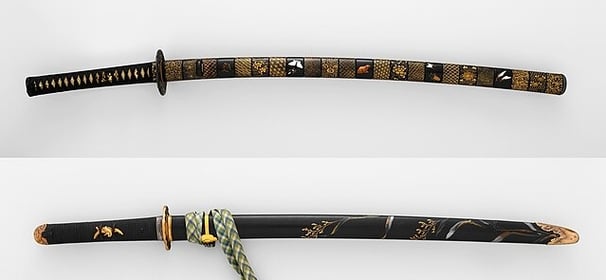

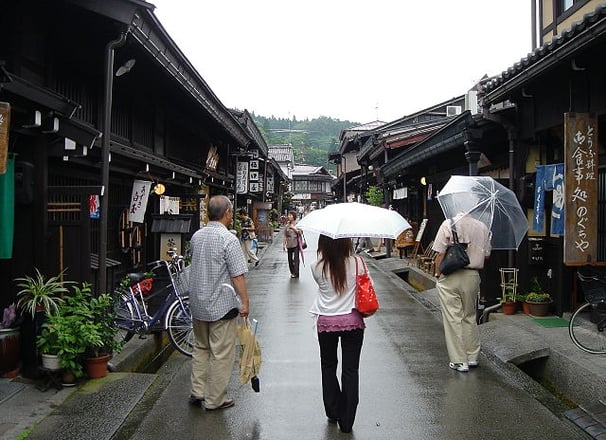

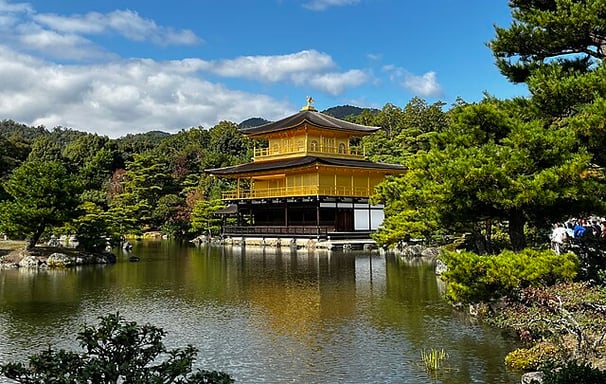

DAY 10: Kyoto to Hiroshima – Reflections of Peace & Resilience
UNESCO Peace Memorial, Atomic Bomb Dome & History Museum
Today, leave the timeless beauty of Kyoto behind as you board the Shinkansen bullet train bound for Hiroshima, a city that stands as a powerful symbol of peace, resilience, and global remembrance.
Upon arrival, embark on a guided visit to the Hiroshima Peace Memorial Park, a solemn and moving tribute to the victims of the atomic bombing in 1945. The centrepiece of the park is the haunting Atomic Bomb Dome (Genbaku Dome)—a UNESCO World Heritage Site and one of the few structures left standing near the blast's epicentre. Preserved in its ruined state, it serves as a compelling reminder of the tragic past and the enduring call for nuclear disarmament.
Next, explore the Hiroshima Peace Memorial Museum, home to impactful exhibits that chronicle the events before, during, and after the bombing. Through survivor stories, photographs, and artefacts, you’ll gain a deeper understanding of the human cost of war—and the global movement for peace it inspired.
The remainder of the day is yours to reflect or take a quiet walk through the Children’s Peace Monument and the Flame of Peace, which will burn until all nuclear weapons are abolished.
Dinner & Overnight in Hiroshima – A city that turned unimaginable loss into a lasting message of hope.
Detailed Itinerary Best Time: Mid-March to May / Late September to Mid-November
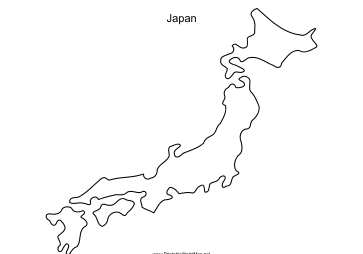

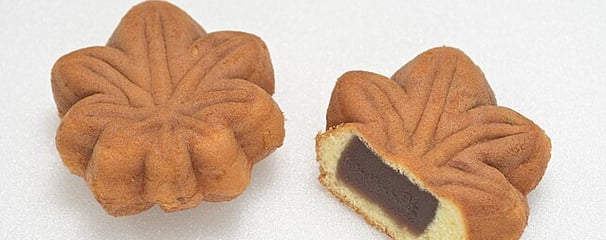

DAY 9: Kyoto & Nara – Sacred Gates and Ancient Capitals
Fushimi Inari Shrine, UNESCO Temples & the Spirit of Old Japan
Begin your morning with a visit to one of Japan’s most iconic spiritual landmarks—Fushimi Inari Taisha, famous for its thousands of vibrant vermilion torii gates that weave through the wooded slopes of Mount Inari. This sacred Shinto shrine, dedicated to the god of rice and prosperity, offers an unforgettable walk beneath its photogenic archways—each gate a gift from worshippers over the centuries.
Afterward, embark on a short scenic journey to Nara, Japan’s first permanent capital and a cradle of Japanese civilization. Your afternoon begins at Todai-ji Temple (UNESCO), home to the Great Buddha (Daibutsu)—a massive bronze statue housed within one of the world’s largest wooden buildings. The scale and serenity of this temple complex are truly awe-inspiring.
Continue to Kasuga Taisha Shrine (UNESCO), known for its hundreds of stone and bronze lanterns, all of which are lit during seasonal festivals. As you stroll through Nara Park, don’t be surprised to meet its friendly four-legged residents—the sacred Sika deer, believed to be messengers of the gods.
Return to Kyoto in the evening, enriched by the echoes of Japan’s spiritual past.
Dinner & Overnight in Kyoto
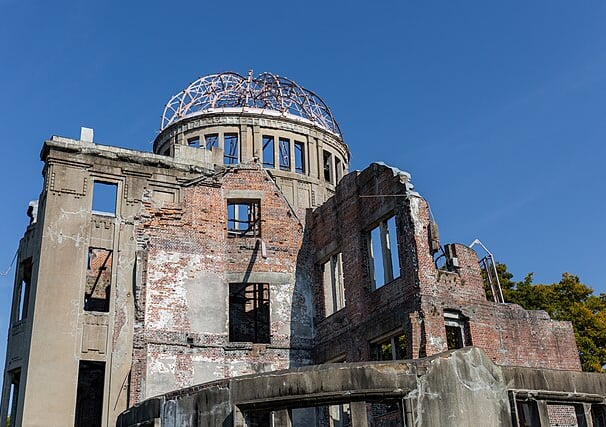

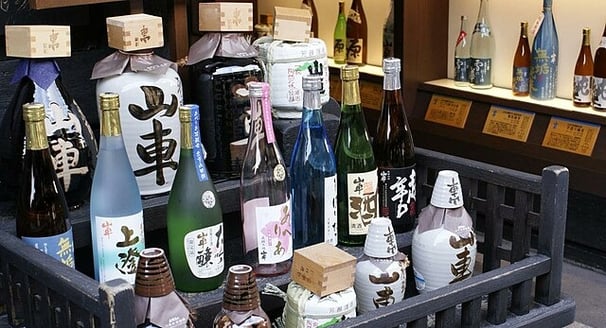

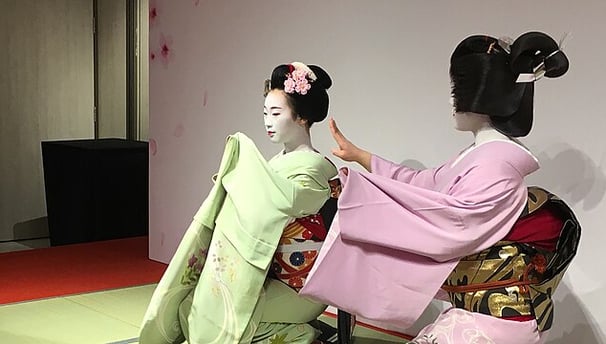

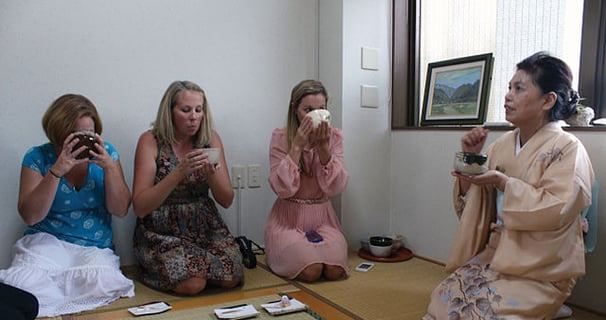


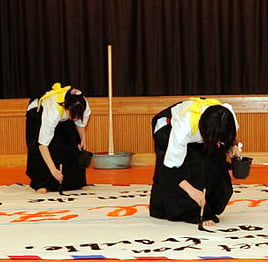
Sika Deer photo by Jakub Halun from Wikimedia commons licensed under CC by SA-4.0
Miyajima ropeway photo by Vanvelthem Cedric from Wikimedia commons licensed under CC by SA-4.0
DAY 15: Departure – Sayonara, Japan
Final Moments & Farewell to a Land of Timeless Beauty
On your final day in Japan, enjoy a relaxed morning with time for any last explorations or meaningful souvenirs. Consider a stroll through a local morning market or a final stop at a traditional crafts shop to pick up handmade ceramics, textiles, or matcha treats—perfect mementos of your journey through Japan’s heritage and artistry.
Depending on your flight schedule, you’ll be transferred to the airport in Tokyo, where your enriching journey through Japan’s UNESCO World Heritage Sites, traditional crafts, culinary treasures, and vibrant cities comes to a close.
Transfer to Narita/Haneda Airport (Tokyo)
Arigatou gozaimasu – thank you for traveling with us!
TOUR ENDS
DAY 14: Farewell Views of Japan’s Icon
Begin your final adventure with an early morning bullet train from Osaka to Mishima Station, where you'll transfer to a private coach or shuttle for a scenic ride to the Mount Fuji Five Lakes region. Spend the afternoon soaking in breathtaking views of Mount Fuji (UNESCO) from Lake Kawaguchi, explore the quaint Oshino Hakkai village, or visit the Itchiku Kubota Art Museum—famous for its textile art dedicated to Fuji.
Optional: Stop at a local craft store, or enjoy a matcha parfait with a Fuji view!
By late afternoon, continue your journey to Tokyo, arriving in time for a special farewell dinner—perhaps in a skytop restaurant with city views or a cozy izakaya.
Dinner & Overnight in Tokyo

